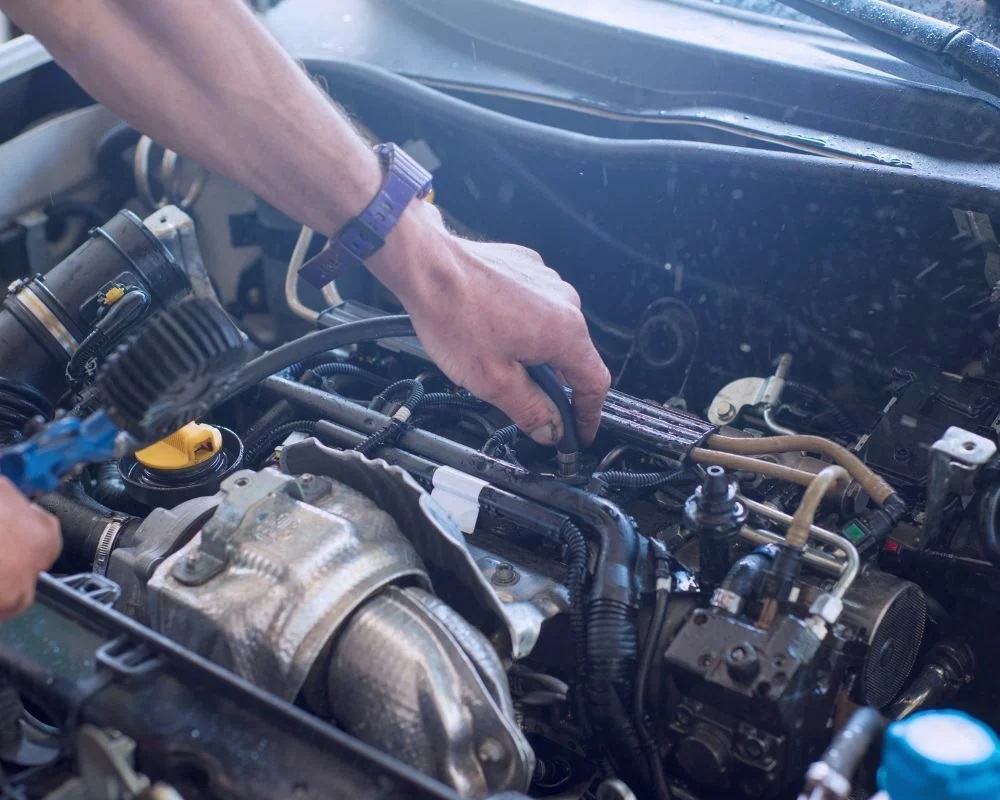A window seal plays a crucial role in maintaining your home’s comfort and energy efficiency. It prevents air leakage, moisture infiltration, and helps maintain the temperature indoors. Over time, however, seals can deteriorate, leading to a flawed window seal. Early identification of problems can help prevent bigger, costlier repairs. In this article, we’ll explore five key signs of a failing window seal and why addressing them promptly is crucial.
Condensation Between the Glass Panes
Condensation forming between the glass panes is one of the first signs of a faulty window seal. The seal prevents moisture from entering the space between the two layers of glass. Once the seal becomes damaged, humidity can easily seep in, leading to the buildup of moisture. This moisture creates fog or condensation that obstructs the view through the window. When this issue appears, it typically indicates that the seal is no longer functioning effectively. It is crucial to check the window regularly for condensation, as it may worsen with time.
Window Draft Issues
Drafts are a common result of a compromised window seal. When the seal is no longer intact, air can leak in and out of the home, making it difficult to maintain a comfortable temperature. Homeowners may notice cold drafts during the winter or warm air escaping in the summer. These temperature fluctuations can make a home feel less comfortable, regardless of the heating or cooling systems in use. Over time, drafts will become more noticeable, and the energy costs associated with maintaining a consistent indoor climate will rise.
Foggy or Blurry Window View
A foggy or blurry window view results from a faulty seal. When the seal fails, moisture can get trapped between the panes of glass, leading to condensation. As the moisture builds up, it forms a cloudy or blurry appearance on the window surface. This issue not only hinders visibility but can also affect the overall appearance of the home. A clear view through the window is important for aesthetic purposes, and a faulty seal can compromise the window’s performance. Repairing or replacing the seal will restore the clarity of the glass.
Visible Gaps or Cracks in the Sealant
Visible gaps or cracks in the sealant around the window frame are clear indicators of a failing window seal. Over time, the sealant can degrade due to exposure to the elements, leading to cracks or holes. These openings allow air and moisture to enter the home, which can result in an uncomfortable indoor environment. Repairing the sealant or replacing the seal will help maintain the window’s functionality and prevent further deterioration of the home’s insulation.
Increased Energy Bills
A flawed seal can cause an increase in energy bills due to heat loss or gain. When air leaks through the window, the heating and cooling systems work harder to maintain the desired indoor temperature. If energy bills rise unexpectedly, it may be time to check for potential window seal issues. A compromised seal can significantly affect a home’s energy efficiency, and repairing or replacing it can help reduce long-term energy costs.
Getting Expert Help for Falling Window Seals
For those experiencing window seal issues, seeking professional help can be a valuable step toward restoring your windows’ performance. Skilled technicians are equipped to diagnose problems and provide solutions, including repairing or replacing faulty seals. With the right assistance, homeowners can ensure that their windows continue to perform optimally, improving both comfort and energy efficiency. Whether you’re noticing drafts, condensation, or visible seal damage, professionals can help maintain your home’s insulation and extend the life of your windows.
A faulty window seal can lead to a variety of issues that affect both comfort and energy efficiency. Recognizing the signs early, such as condensation, drafts, or foggy windows, can help address the problem before it worsens. Prompt attention to window seals ensures the home remains comfortable and energy-efficient while maintaining the quality and clarity of your windows.





